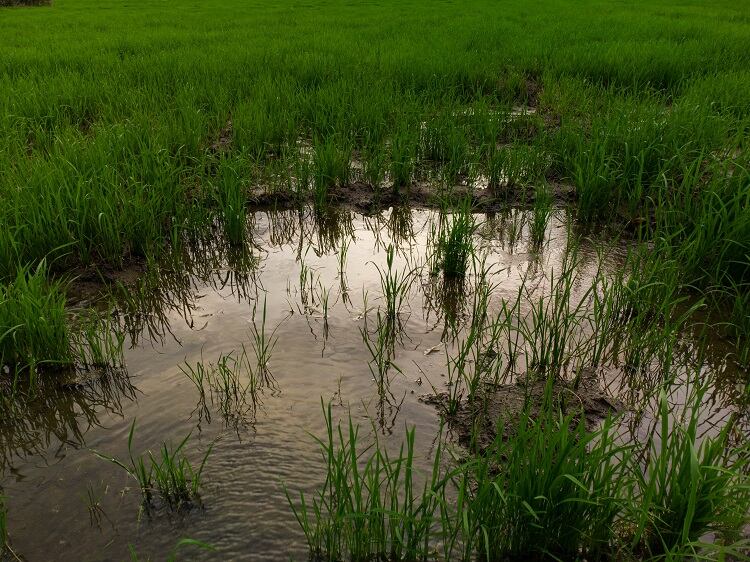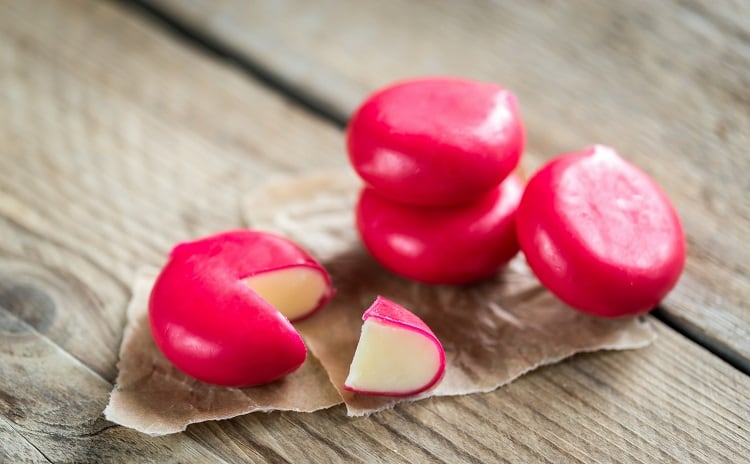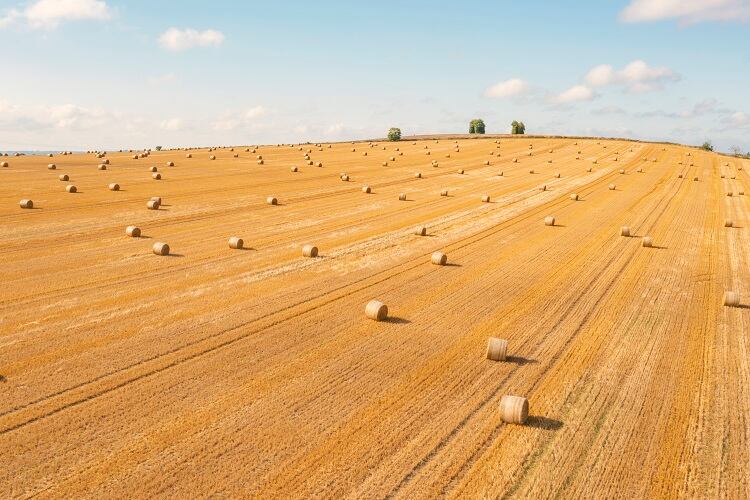To allow oxygen to flow down into the roots and methane to flow out of the soil, the rice plant uses aerenchyma, a spongey tissue that acts a little bit like a chimney. Methane is produced by bacteria in the soil around the plant, and the bacteria sends methane up through the aerenchyma and into the atmosphere.
Previous studies in India and China had suggested that methane emissions were linked to the characteristics of the roots, as well as aboveground biomass. A study in the journal All Earth wanted to clarify this connection, and find out if methane could really be reduced without sacrificing yield.
Into the rhizosphere
The study, which took place in Cali, Colombia between June and October 2019, examined the methane emissions of four rice cultivars: an inbred variety, a CIAT experimental breeding line, and two hybrid varieties.
The experimental areas flooded during the growing season, and water was continuously applied to the areas where the rice genotypes were. Gas samples were collected frequently, allowing the researchers to keep track of how much methane each rice cultivar was emitting.
The results showed that, contrary to their hypothesis, the hybrid varieties did not produce less methane per yield. However, the inbred variety did. This is because the inbred variety had shorter roots.
Some rice cultivars use more photosynthetic products for root extension than others, meaning that some have longer roots than others. Roots provide an organic substrate that microbial organisms which methanogens then use for the production of methane. Methanogens are microorganisms that produce methane.
It seems that the inbred variety of rice cultivar had shorter roots, meaning that it produced less methane than the longer-rooted hybrid varieties. In fact, hybrid 2 emitted the most methane, and had the longest roots of the plants tested, while the inbred variety, which had shorter roots and the lowest aboveground biomass, emitted the least amount.
In essence, the study had confirmed the idea that methane emissions in rice cultivars were affected by aboveground biomass and by root size.
The study was further complicated by the fact that the inbred variety was not as productive as the hybrid varieties, meaning that it was not as effective a rice plant. The seeds can be reused, however, without affecting the yields.
The paper concludes with a recommendation that more research must be done into using rice cultivars with short roots which nevertheless do not sacrifice yields. This, they say, can be a green technology worthy of carbon credits. Whatever happens, however, reducing methane emissions in rice will be challenging.
“The challenges to decrease methane emission through the expression of aerenchyma include the non-availability of adequate and up-to-date equipment to characterize aerenchyma, huge consumables requirement and inadequate human capacity,” said Paul Abayomi S. Soremi, one of the paper’s authors. “This requires huge financial investment.”
Sourced From: Journal of Food Safety
'Potential of rice (Oryza sativa L.) cultivars to mitigate methane emissions from irrigated systems in Latin America and the Caribbean’
Published on: 30 June 2023
DOI: https://doi.org/10.1080/27669645.2023.2207941
Authors: Abayomi Sobowale Soremia, N. Chirindaa, E. Graterolb and M. Fernanda Alvarezaa




